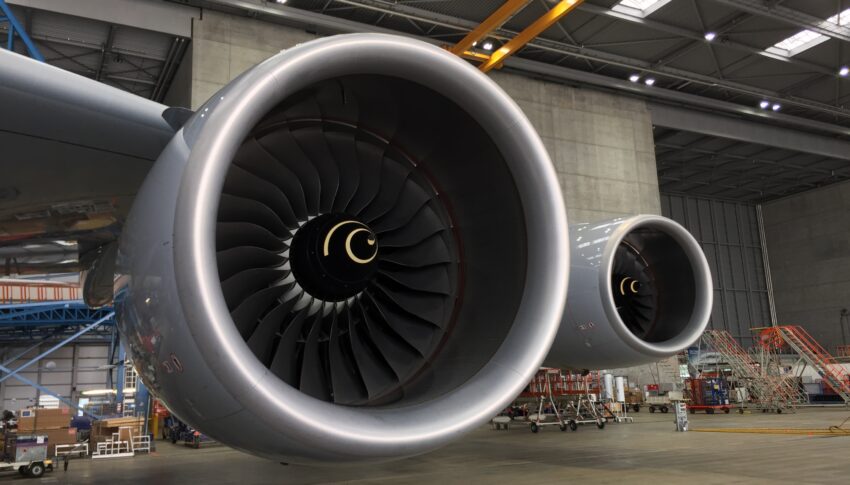Managing supplemental type certificates (STC) is a massively complicated task. Whether it’s the repairs from everyday to newsworthy, upgrades to avionics, cabins, connectivity or airframes, or any other reason that an aircraft might need modification, the STC route is remarkably unstandardised, leading to quality and consistency concerns among many others.
Enter IAMA, the Independent Aircraft Modifier Alliance, an association of MRO providers seeking to improve standardisation, quality assurance and best practice across the industry, perhaps most notably with its Rulebook.
We sat down with managing director Nicole Noack to learn more about the organisation’s goals — and what progress it has been making since its establishment in 2019.
The purpose of the Rulebook, Noack explains, is “defining requirements and best practices for modification projects beyond aviation authority requirements addressing operator and lessors demands.”
IAMA members providing IAMA-endorsed modifications must use the Rulebook, which sets quality levels across MRO houses.
“For operators and lessors, the Rulebook ensures that — corresponding to the answered demands — the superior quality of the modification is guaranteed independently from the supplier,” the IAMA member, Noack explains. “IAMA members get audited against the Rulebook; subscribers like airlines and lessors have free access to the Rulebook and can use it either entirely or partially as part of their contract with a modification supplier. The knowledge within the Rulebook helps both customer and design organisation to have a common understanding of certain challenges and how to solve them in their individual project.”
IAMA has designed the rulebook as a customer-focussed document, to resolve many of the pain points from aircraft operators and lessors around the STC process. It covers every stage, from the request for proposal through project award, development, design review, prototyping, installation and serialisation.
As one example of success from the Rulebook, Noack explains that one piece of critical work has been integrating the commercial right for subsequent operators to use any modification with a data or service implication where the previous owner was the contracting partner. That commercial right is distinct from the technical right to use an STC on a particular airframe.
In other words: Example Airlines contracts with MRO-R-Us to install a data package modification on a Norton N-22 belonging to LeasAir Leasing, but a year later Lorem Ipsum Airways is operating that airframe and would not otherwise have the commercial right to use that modification.
With the Rulebook, Noack says, “the commercial right to use of the modification will remain with the MSN, and in case of aircraft transfer to a new operator, the documentation can be handed over to the next operator. Consent is given upfront, and in written and during transfer, so it will cause no additional burden on the owner.”
Demodification is another thorny issue IAMA is working to standardise. “When evaluating the topic,” Noack says, we recognised there are many different understandings [between] lessors, operators, and design organizations of what demodification means.”
IAMA created a whitepaper to structure the discussion and clarify the situation, with classifications of different standard levels of demodification clearly outlined and able to be slotted directly into customer contracts.
Another topic of concern is orphaned STCs, where the company responsible goes bust or exits the MRO world.
But, says Noack, “our most satisfying success is our cooperation with our subscribers like IATA on topics like maintainability of modifications and engineering data access.” She cites “the positive feedback we get from our subscribers and partners who recognise our work as a useful and trustworthy source of information”.
To an extent this sort of work is inherently digital — IAMA itself was created as a remote organisation working across multiple continents, using a variety of SaaS collaboration tools — but the organisation is aiming to improve collaboration even further.
In the future, says Noack, IAMA plans “to develop a document transfer platform for highly secure exchange of STC data between operators, owners, and design organizations. The technology is ready but taking data security and future use-cases into account, the system definition and setup will be the next challenge on the technology side for us as an association.”
Author: John Walton
Published: 15th July 2021
Join the Challenge
We are discussing this over in our Challenges Area: The introduction of the Rulebook has proven hugely beneficial in the standardisation of supplemnetal type certificates (STCs) – what experience do you have of standardisation across the aviation industry?





